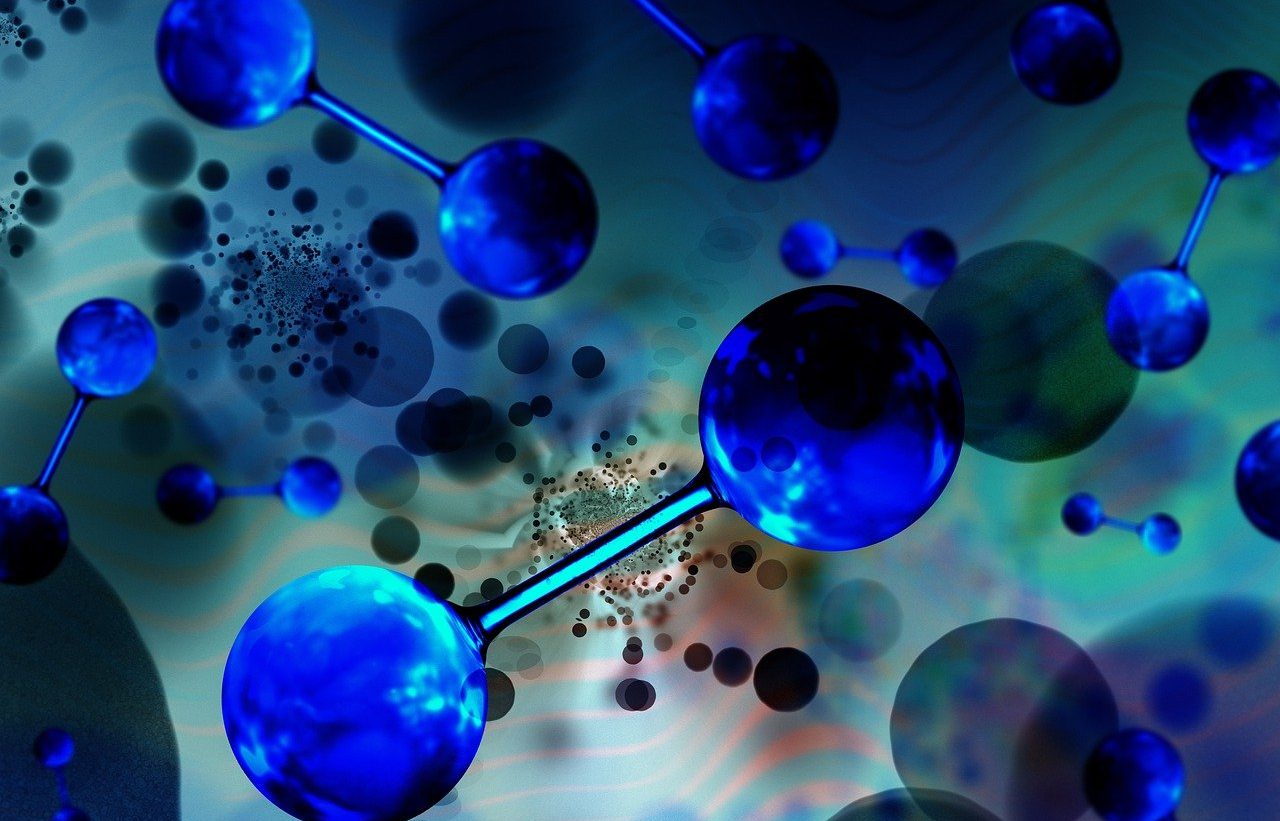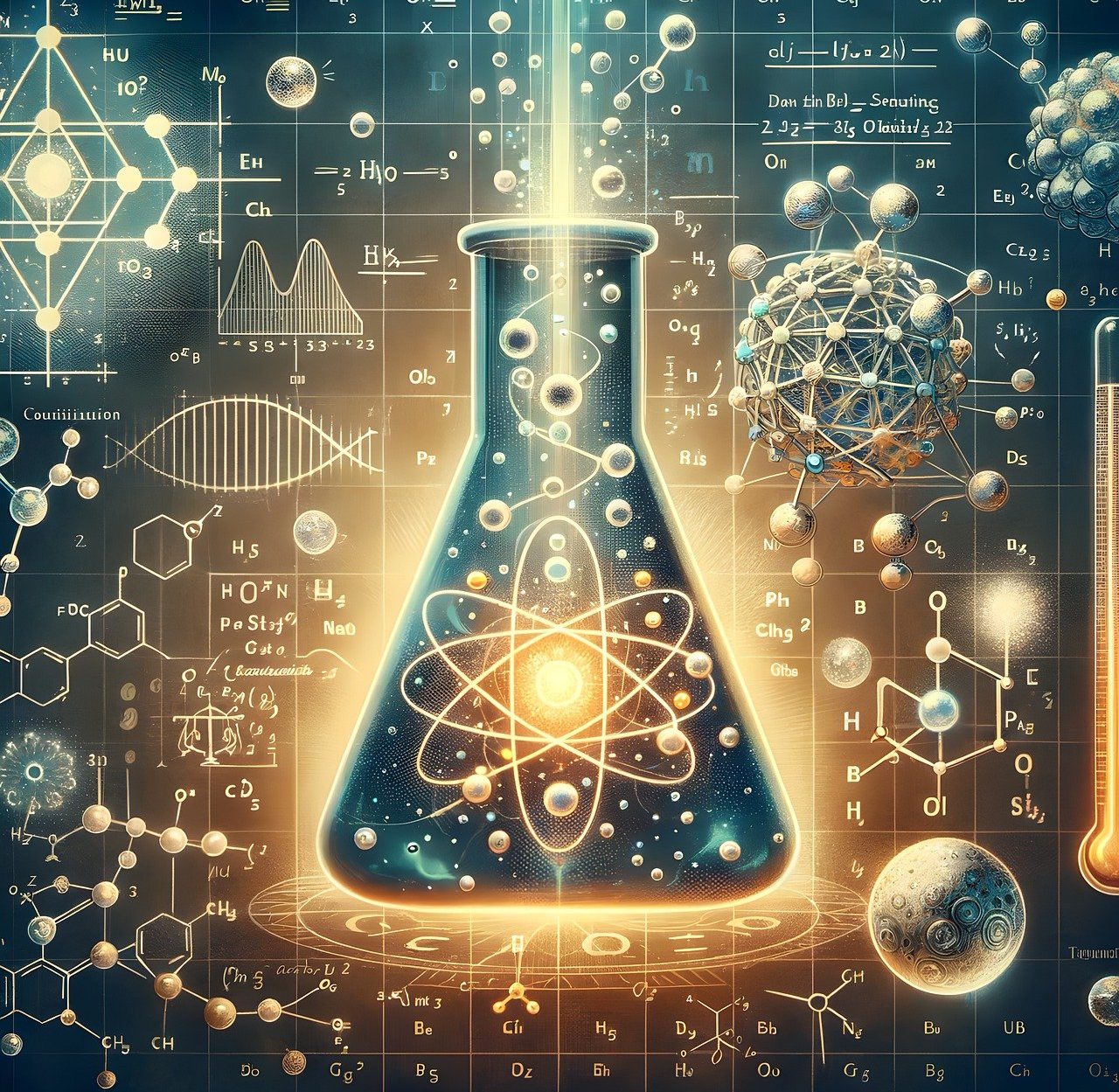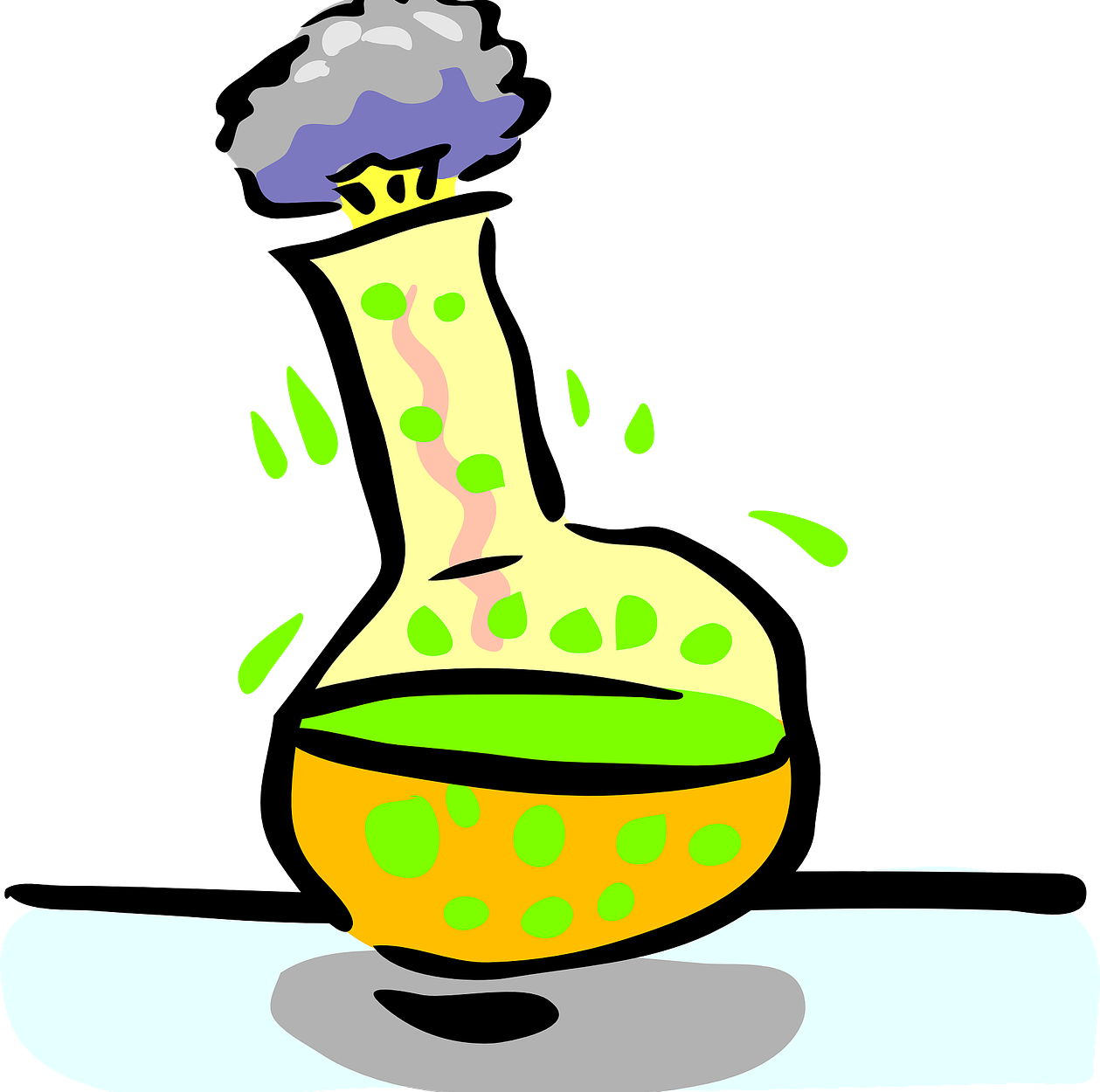
The theory of collisions focuses on the reaction rate and the development of various chemical reactions.
Collision theory is the name that identifies an old postulate, still valid and useful on a universal scale, which between 1916 and 1918 was promoted by a German chemist named Max Trautz and the British professor and chemist William Cudmore McCullagh Lewis .
This content, closely linked to chemical kinetics , aims to offer an explanation about the development of a chemical reaction and the differences between them in terms of reaction speed, as seen when analyzed in depth.
According to those who know the definition and its practical application, the theory of collisions can be used for reactions in solution, in which case numerous collisions can occur in a single encounter due to the cage effect of the solvent on the reacting molecules) and its expression presents similarities with the Arrhenius equation . Regarding this, it should be mentioned that it is a mathematical expression that reveals the dependence evidenced by the rate constant of a chemical reaction in relation to the temperature and activation energy . It is used, for example, to analyze variations in thermally induced processes.
Fundamentals of collision theory
When searching for information about the theory of collisions, its foundations and key concepts, data and expressions essential to understanding what this conjecture is about come to light.
It is worth knowing, for example, that in a successful collision there is, upon impact, sufficient activation energy to break existing bonds and form new ones. This is how the reaction products get notoriety.
Nor should we overlook that a series of successful collisions increase the reaction rate in a framework in which there is an increase in temperature and concentration of the reactants . Likewise, the reaction speed increases when a catalyst is involved in the collision between reacting molecules, since this scenario requires less energy for a change to occur at a chemical level.
In the face of a bimolecular reaction that is in the gas phase, specifically, the rate constant can be predicted using collision theory . The equation to calculate it appears, among other variables, the activation energy , temperature and collision frequency (calculated based on Boltzmann's constant , Avogadro's number and more).
Another issue that should not be ignored: in the approach of collision theory , for a particular reaction to be triggered there must be a correct molecular orientation , a factor that is not conditioned by aspects such as temperature or concentration .

Collision theory aims to provide an explanation of chemical reactivity based on molecular motion.
Collision dynamics
To enrich the study of collision theory, it is constructive to learn about the variety of collisions and their dynamics . First of all, it is necessary to consider that there are factors that affect collisions , affecting them to different degrees, such as the effect of pressure , temperature , the influence of the medium or environment and the concentration of reactants .
Physics experts know as an elastic collision the collision of at least two bodies in which, while the interaction lasts, a conservation of the kinetic energy of the system of the two elements involved is observed. The inelastic collision , on the other hand, has the particularity of being a collision in which there is no conservation of kinetic energy . This means that the bodies involved in the collision face the risk of suffering alterations such as an increase in temperature or deformation .
As a complement to the content of the theory of collisions , to add more precision, the theory of the transition state (also classified as the activated complex ) is erected. This last principle maintains that with the collision of the reactant molecules an unstable transition state is reached where an activated complex is constituted. In this scenario, some links emerge and others break.

The theory of collisions is useful for reactions in solution and for those in the gas phase, for example.
Practical uses of collision theory
There are many practical uses of collision theory , which is vital for forecasting the kinetics of a chemical reaction (especially if it involves gases ).
Those who specialize in the field of industrial chemistry , to point out a specific case, take collision theory into account when they have to deal with the modeling and optimization of chemical reaction rates. With it it is possible to make a prediction regarding changes in reaction rates under various conditions.
This postulate is also often worked on in the scientific branch known as atmospheric chemistry , and this theory is of great help in providing explanations about the role of enzymes as biological catalysts .
